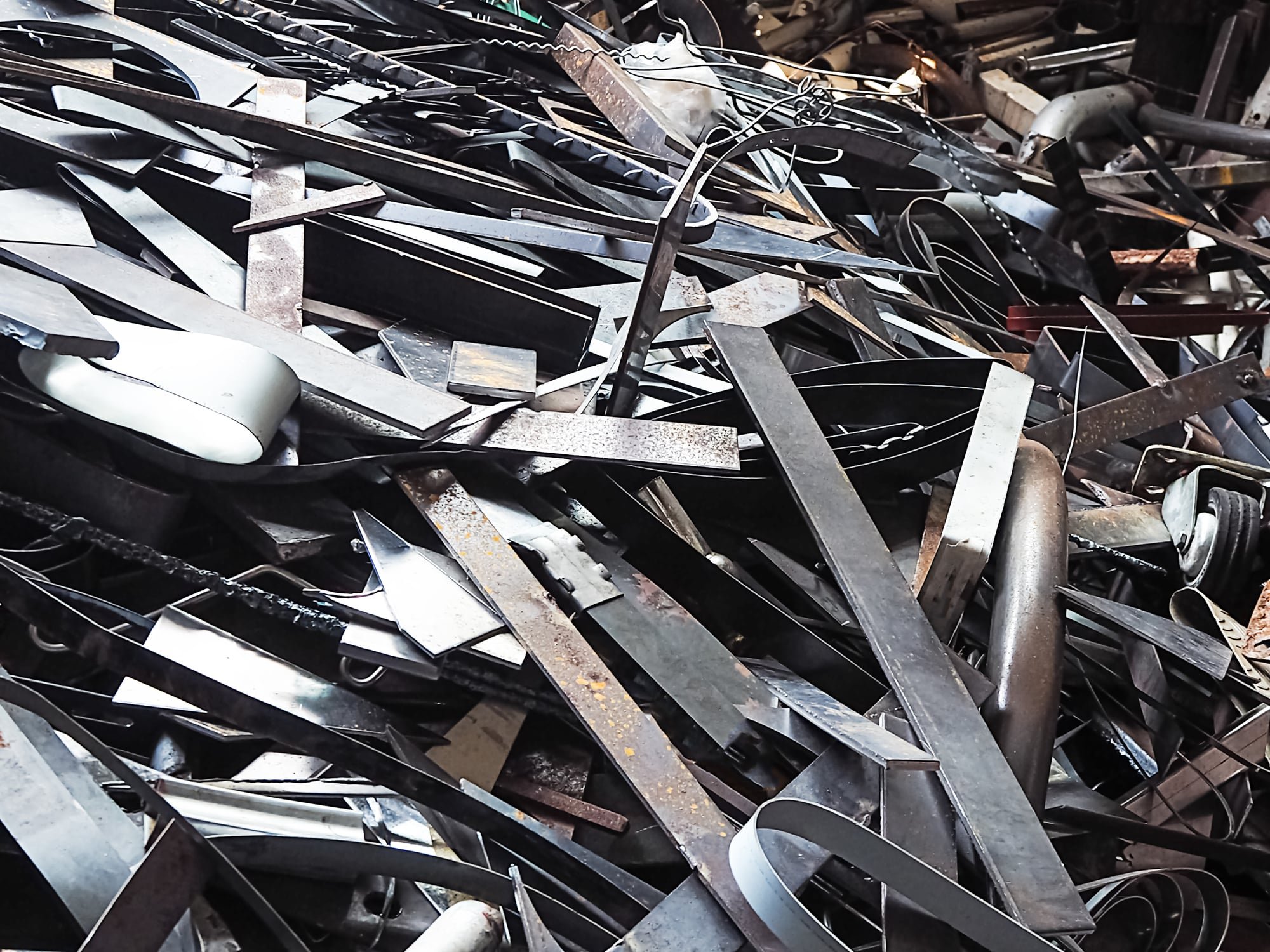
Metal
Crafted to meet the highest standards of durability, precision, and performance. Whether for industrial, commercial, or specialized applications, we offer a diverse range of metal solutions designed to support a variety of manufacturing and construction needs.
With a strong focus on quality and consistency, we ensure that each item meets strict material and engineering specifications.
Our network of trusted suppliers allows us to deliver competitive pricing, reliable lead times, and flexible order quantities.
Stainless steel scrap
-
Stainless steel scrap is a corrosion-resistant alloy of iron, containing a minimum of about 10.5% chromium. This chromium content forms a thin, protective oxide layer on the surface, which prevents rust and enhances durability. Stainless steel is known for its strength, resistance to tarnishing, and sleek appearance, making it ideal for applications ranging from kitchenware and medical instruments to construction and industrial equipment. It comes in various grades and finishes depending on the intended use, and is valued for being hygienic, low-maintenance, and recyclable.
Heavy melting scrap
-
Heavy Melting Scrap (HMS) is a category of recyclable steel and wrought iron that is commonly used in the steelmaking industry. It consists of discarded structural steel, pipes, beams, and other heavy materials that are no longer usable in their original form. HMS is typically divided into two main grades:
HMS 1: Clean steel scrap without galvanized or blackened coatings, generally heavier and thicker (minimum 6 mm thick).
HMS 2: May include thinner scrap (from 3 mm), and can contain galvanized or blackened steel.
Heavy Melting Scrap is highly valued for its iron content and is widely traded internationally, often used as feedstock in electric arc furnaces and foundries to produce new steel products.
HMS
-
Scrap recycling (HMS) is the process of collecting, sorting, and processing discarded metal, plastic, paper, and other materials so they can be reused in manufacturing new products. It helps reduce waste, conserve natural resources, and lower energy consumption by minimizing the need for raw material extraction. Recycling scrap materials also contributes to environmental protection and supports a more sustainable economy by transforming waste into valuable resources.
Metal scrap
-
Metal scrap refers to discarded or leftover pieces of metal that can be recycled and reused. It typically comes from old vehicles, construction materials, industrial waste, and used household items. Metal scrap is categorized into two types: ferrous (containing iron, like steel) and non-ferrous (like copper, aluminum, and brass). Recycling metal scrap is environmentally beneficial, reducing the need for raw material extraction and saving energy in manufacturing processes.
Mo-bearing materials scrap
-
Mo-bearing materials scrap refers to discarded or leftover industrial materials that contain molybdenum (Mo), a valuable transition metal known for its strength, corrosion resistance, and high melting point. These scraps are often generated from sectors like steel manufacturing, aerospace, defense, and electronics, where molybdenum is used as an alloying element to enhance the performance of metals, especially stainless and high-speed steels. Mo-bearing scrap is highly sought after in the recycling industry due to molybdenum's critical role in producing strong, heat-resistant materials and its relatively limited natural availability. Recycling this scrap helps conserve resources and reduce the environmental impact of mining.





